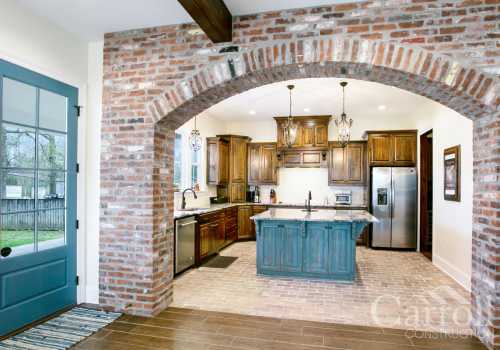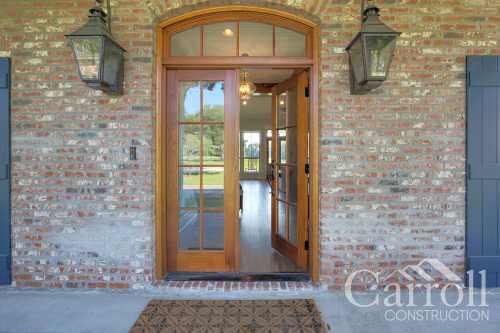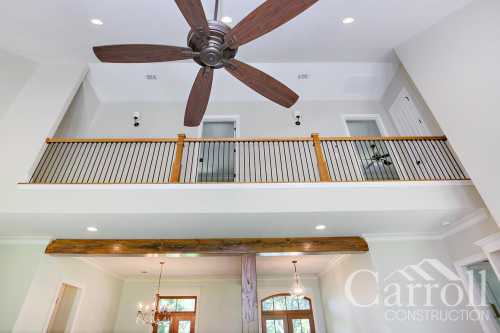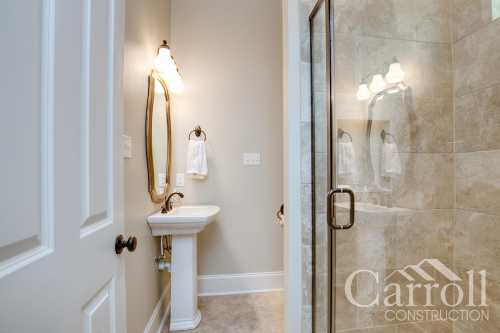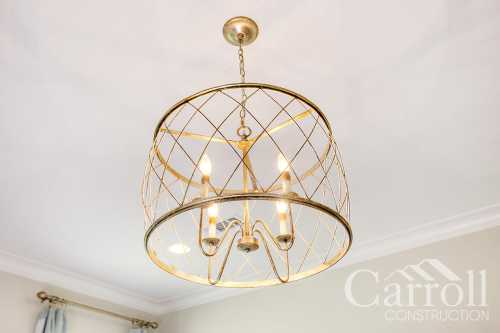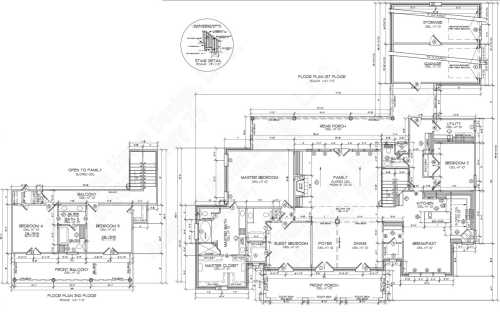There is an undeniable fear factor for those brave souls whom choose to build a home.
They face a recurring feeling of being overwhelmed, stress caused by looming deadlines, and - probably the biggest fear - that once the contractor deems the home “finished”, they will refuse to address any problems or deficiencies.
One contributing reason why this fear is so prevalent with people planning to, or in the midst of, building a house is because of…the internet. Ok, that’s a bit tongue-in-cheek, but a quick web search will reveal thousands of horror stories confirming their fears of unresponsive and indifferent contractors who either shirk the responsibility of repairs or simply ignore homeowners’ requests to resolve issues on their “punch list”.
In this article, we will go into the common reasons punch lists are a major source of fear and frustration for homeowners and builders. In the downloadable version we outline a better way to ensure the punch list is completed and what steps to take BEFORE signing the construction agreement.
The Anatomy of a Punch List
At the end of home construction, the builder and homeowner do a final walk-through of the house. This is the opportunity for the homeowner to create a detailed list of the deficiencies, incomplete work, or items that a homeowner is unsatisfied with, prior to deeming the project complete and accepting the keys.
Before we go into depth on what should go into a punch list, it is important to make the distinction between Punch List Items and Warranty Items. The State of Louisiana classifies warranty items as elements of the home that are essential to the structure, such as the foundation, roofing, beams, load-bearing walls, flooring, etc. In a growing number of states, like Louisiana, home builders are responsible for ensuring these structural elements meet or exceed compliance whether they appear on a punch list or not. If your state does not have a “New Home Warranty Act”, be sure your building contract has provisions for the remediation of all structural items.
Conversely, a homeowner’s Punch List primarily contains items that are either largely aesthetic in nature, simple oversights that need to be addressed, or one-off items that do not meet to the specifications within the construction contract. Most items on punch lists require only minor corrections, like paint and sheetrock touch-ups or repairs to flooring and/or tile. These items commonly have no effect on the intended use of the product and can be quickly resolved so that it does not prevent the homeowner from moving in or the contractor from getting final payment.
With all that being said, it’s pretty clear that punch lists are a necessity for both the homeowner and the home builder. Not only will a comprehensive list keep all parties on the same page, it also provides piece of mind for the homeowner.
Unfortunately, the majority of contracts signed between homeowners and contractors are silent when it comes to how the punch list will be addressed! Without a formal agreement on how to deal with outstanding deficiencies, the punch list is rendered subjective, and leaves the interpretation up to the integrity of the individuals involved.
So, why isn't there already a standardized way to deal with punchlists?
To answer this question, we must first acknowledge that neither the home builder nor the homebuyer are eager to raise the subject of punch lists. From the builders’ perspective, even top rated builders experience anxiety whenever the subject arises. This anxiety stems from a variety of potential factors, including:
- They have gotten burned in the past from either a less-than-honest homeowner or subcontractor
- They have a fear the homeowner has unrealistic or unreasonable expectations regarding timelines
- They fear potential confrontations on what should be considered a “defect”
- They do not want to be held responsible for the poor or misguided decisions on the part of the homeowner
The bottom line for some builders is that they have confidence in the quality of their own work, so would rather avoid putting the idea that “defects may occur” in the head of new clients before the work even begins.
The building process is new to most homeowners. In lieu of first-hand experience, they must place a large amount of trust in the contractor they hired to build their dream home. Very few understand what goes into a punch list, much less have experience with the downsides of not having a predefined approach to addressing punch list items. From their perspective, we metaphorically see “the other side of the coin:
- Most homeowners begin the building process at a disadvantage because this is all new to them
- They don’t want to appear inflexible, nit-picky, or too demanding before work even begins; they assume that any problem can and will be solved prior to completion
- Even though they may concerned their expectations may not be understood, they are trusting that the contractor will help them along the way
- They consider the subcontractors to be “direct employees” of the builder, and view the builder as ultimately responsible for the quality and completeness of the project
Why Punch List Processes Matter
After considering all these factors, it is not hard to understand why, at the outset of a contract, neither party wants to address how all the potential defects will be handled at the end of the project. However, without coming to an agreement early in the process on how and when the items on a punch list will be resolved, it becomes very difficult to form an agreement AFTER the work has been done. You cannot simply put the Genie back in the bottle.
The key to avoiding disputes that could cause undue delays or incurring unfair costs, building contracts should include provisions for addressing punch list items. In order to help you understand what should be covered in those provisions, let us consider the TOP 3 reasons that spur disagreements regarding punch lists:
- When to complete the punch list
- How quickly the punch list should take to complete
- What does and does not constitute a defect
At the bare minimum, the following steps should be spelled out in the building contract and agreed upon by both parties. It is up to the individuals to negotiate the exact terms, but the important thing is to satisfactorily address the process.
Complete the form below to download the full article.
You will receive the download link via email within minutes!






















































































































































































































































































































































































































































































































































































































